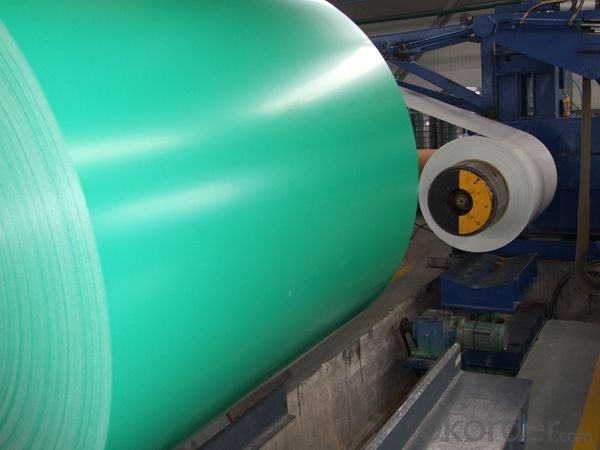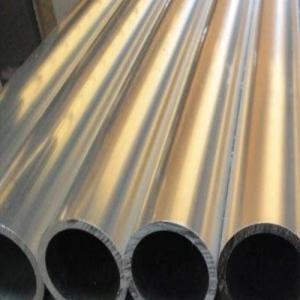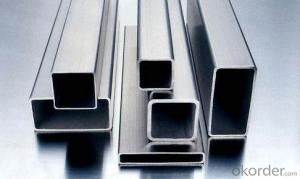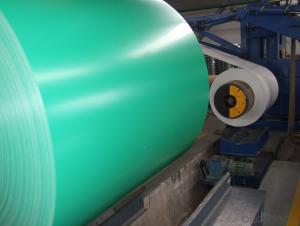Aluminum Pipes for Color Coating ACP Top Coils
- Loading Port:
- Shanghai
- Payment Terms:
- TT OR LC
- Min Order Qty:
- 5 m.t.
- Supply Capability:
- 10000 m.t./month
OKorder Service Pledge
OKorder Financial Service
You Might Also Like
Specification
1. Specification of Aluminium Coils for Color Coating ACP Top Coils
characteristics | Application |
1) Super peeling strength | 1) Building exterior curtain walls |
2) Excellent surface flatness and smoothness | 2) Decoration and renovation additions for old buildings |
3) Superior weather, corrosion, pollutant resistance | 3) Decoration of interior walls, ceilings, bathrooms, kitchens and balconies |
4) Even coating, various colors | 4) Shop door decorations |
5) Fireproof, excellent heat and sound insulation | 5) Advertisement board display platforms and signboards |
6) Superior impact resistance | 6) Wallboards and ceilings for tunnels |
7) Lightweight and easy to process | 7) Industrial materials, materials for vehicles and boats |
2. Application of Aluminium Coils for Color Coating ACP Top Coils
(1).Interior: wall cladding, ceilings, bathrooms, kitchens and balconies, shutters, doors...
(2).Exterior: wall cladding, facades, roofing, canopies, tunnels, column covers , renovations...
(3).Advertisement: display platforms, signboards, fascia, shop fronts...
3. Feature of Aluminium Coils for Color Coating ACP Top Coils
• Our goods quality is top, the surface is smooth, and every steel coil
• No Joint, No Bends, no spots, no roller marks.
• MTC will be provided with goods, third part inspection is acceptable, for example, SGS, BV. Etc
Be free from Oil Stain, Dent, Inclusion, Scratches, Stain, Oxide Dicoloration, Breaks, Corrosion, Roll Marks, Dirt Streaks and other defect which will interfere with use
4. Certificate:
SGS and ROHS(if client request, paid by client), MTC(plant provided), Certificate of Origin(FORM A, FORM E, CO), Bureau Veritas and SGS (if client request, paid by client), CIQS certificate
5. Image of Aluminium Coils for Color Coating ACP Top Coils
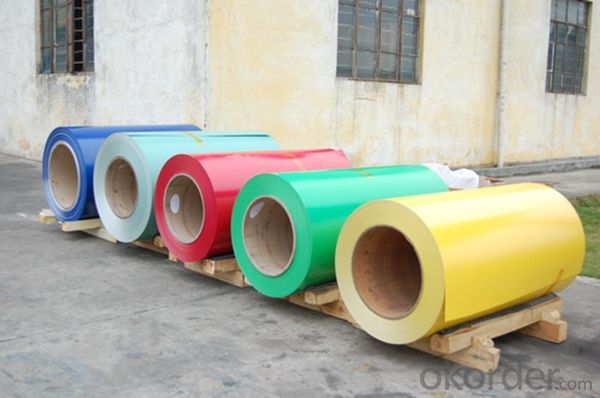
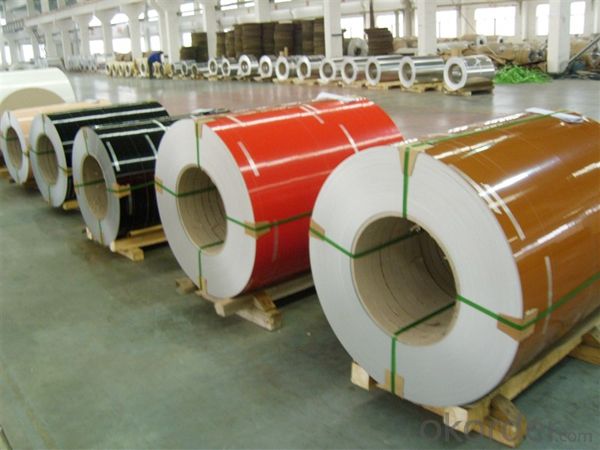
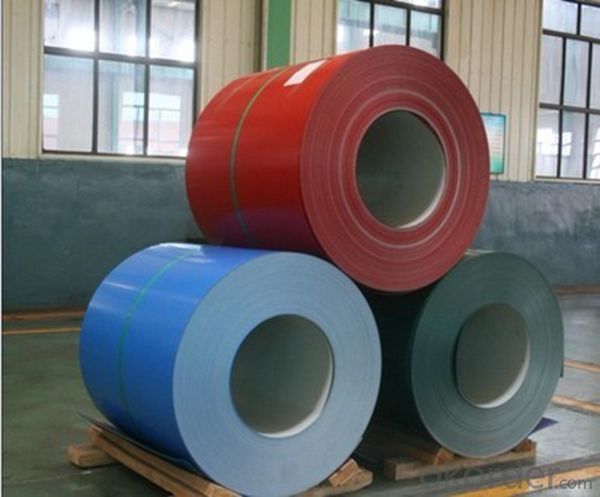
6. Package and shipping of Aluminium Coils for Color Coating ACP Top Coils
eye to wall
eye to the wall
with wood pallet (wooded case also available)
7. FAQ
1) What is the delivery time?
Dpends on actual order, around 20 to 35 days
2)What is the QC system:
We have QC staff of 20 persons and advanced equipment, each production is with MTC traced from Aluminum ingot lot.
3) What market do you mainly sell to?
Australia, America, Asia, Middle East, Western Europe, Africa etc
- Q: Can aluminum pipes be used for hydraulic systems?
- Yes, aluminum pipes can be used for hydraulic systems. Aluminum is a lightweight and corrosion-resistant material, making it a suitable choice for various applications, including hydraulic systems. Aluminum pipes offer advantages such as easy installation, high strength-to-weight ratio, and excellent resistance to rust and corrosion. However, it is important to consider the operating pressure and temperature requirements of the hydraulic system, as aluminum pipes may have limitations in high-pressure or high-temperature applications compared to other materials like steel. Therefore, it is recommended to consult with a hydraulic system specialist or engineer to determine the most appropriate material for your specific hydraulic system requirements.
- Q: What are the weight limitations of aluminum pipes?
- The weight limitations of aluminum pipes vary depending on factors such as the diameter, wall thickness, and length of the pipe. It is essential to consult engineering specifications and standards specific to the type and grade of aluminum being used to determine the maximum weight that can be supported by the pipes.
- Q: Do aluminum pipes require any special coatings?
- Yes, aluminum pipes often require special coatings for protection against corrosion and to enhance their durability.
- Q: How are the copper tubes and aluminum tubes welded in the air conditioner?
- Thin wall welding is known as the world's problems, there are objective factors. The melting point of copper is 1083 degrees Celsius, the melting point of aluminum is 660 degrees Celsius, which is more than 400 degrees Celsius melting point, is the result of the formation of aluminum, copper may be weak. It is more difficult, but also will be natural aluminum to form an oxide film on the surface, the refrigeration pipeline cleanliness requirements, clearing method of additive with this film is not clear, it is difficult to use physical methods, the oxide film layer and the melting point of 2000 degrees Celsius, the three different melting point, resulting in welding weld welding is not very easy to form even. In the past, using some special welding methods, such as explosive welding, diffusion welding, welding, friction welding method, by applying the auxiliary welding, welding can also be achieved, but these methods can only be completed or above 1 mm copper aluminum tube welding, or as a result of High cost and complex process, not suitable for industrial production. Some countries try to use copper and aluminum eutectic structure of weld, welding for thin walled, conducted extensive research, but did not realize the industrial application of refrigeration and air conditioning pipeline. The wall is very thin, only the invention of new welding method of welding production forming thin-walled copper aluminum pipe industrialization in order to realize, instead of copper aluminum in the air conditioning and refrigeration pipeline on the target."First we follow the copper eutectic structure of weld experiments, results show that the tube wall is too thin, the eutectic structure is very fragile, therefore, the weld quality is very poor, or even hand tear tear down. So, we started to look for new ideas." Zhao Yue recalled.
- Q: 1.2mm thickness of the aluminum tube, why measured only 1.0mm thick?
- There is an error relationship, and may be affected by the environment, as well as the physical properties of the material itself, such as thermal expansion, cold contraction and so on
- Q: What is the cost of aluminum pipes compared to other materials?
- The cost of aluminum pipes can vary depending on factors such as size, grade, and market conditions. Generally, aluminum pipes tend to be more affordable compared to other materials like stainless steel or copper. However, it is always advisable to check with suppliers or conduct a market analysis to get accurate and up-to-date pricing information.
- Q: Are aluminum pipes suitable for stadium lighting structures?
- Yes, aluminum pipes are suitable for stadium lighting structures. Aluminum is a lightweight and durable material which makes it ideal for constructing structures that require high strength and long-term durability, such as stadium lighting structures. Additionally, aluminum has excellent corrosion resistance, which is crucial for outdoor installations that are exposed to harsh weather conditions. The lightweight nature of aluminum pipes also makes them easier to handle and install, reducing construction time and costs. Furthermore, aluminum is a highly conductive material, allowing for efficient transmission of electricity to power the stadium lighting fixtures. Overall, aluminum pipes provide a reliable and cost-effective solution for stadium lighting structures.
- Q: What areas can 7075 aluminum tubes be used in?
- The static fatigue notch sensitivity, physical characteristics are better than the mechanical properties of 7A04.[1] stress corrosion resistance of 7075 aluminum plate and the mechanical properties of tensile strength 524Mpa, elongation of 11% 455Mpa: 0.2% yield strength, E/Gpa:71 elastic modulus, hardness 150HB, density: the main use of 2810.7075 aluminum plate: aerospace industry (bottle), blow mold, ultrasonic plastic welding molds, Gao Er golf head, shoe mold, paper mould, foaming molding, lost wax mold, template, fixtures, machinery and equipment, mold processing. 7075 features: 1. high strength aluminum alloy heat treatment. 2. good mechanical properties. 3. can be used. 4. easy processing, good wear resistance. 5. corrosion resistance and good oxidation resistance. The tensile strength and heat treatment of 7075 aluminum zinc alloy is the main chemical composition: 7075 elements to the zinc alloy containing 3%-7.5%
- Q: Are aluminum pipes suitable for chemical storage facilities?
- Aluminum pipes are generally not suitable for chemical storage facilities due to their susceptibility to corrosion and potential chemical reactions with certain substances.
- Q: 1100 what's the match between the aluminum material and the material? Thank you
- 1100, the material is pure aluminum, if you want to match, you can choose the 1 Department of aluminum.
Send your message to us
Aluminum Pipes for Color Coating ACP Top Coils
- Loading Port:
- Shanghai
- Payment Terms:
- TT OR LC
- Min Order Qty:
- 5 m.t.
- Supply Capability:
- 10000 m.t./month
OKorder Service Pledge
OKorder Financial Service
Similar products
Hot products
Hot Searches
Related keywords



